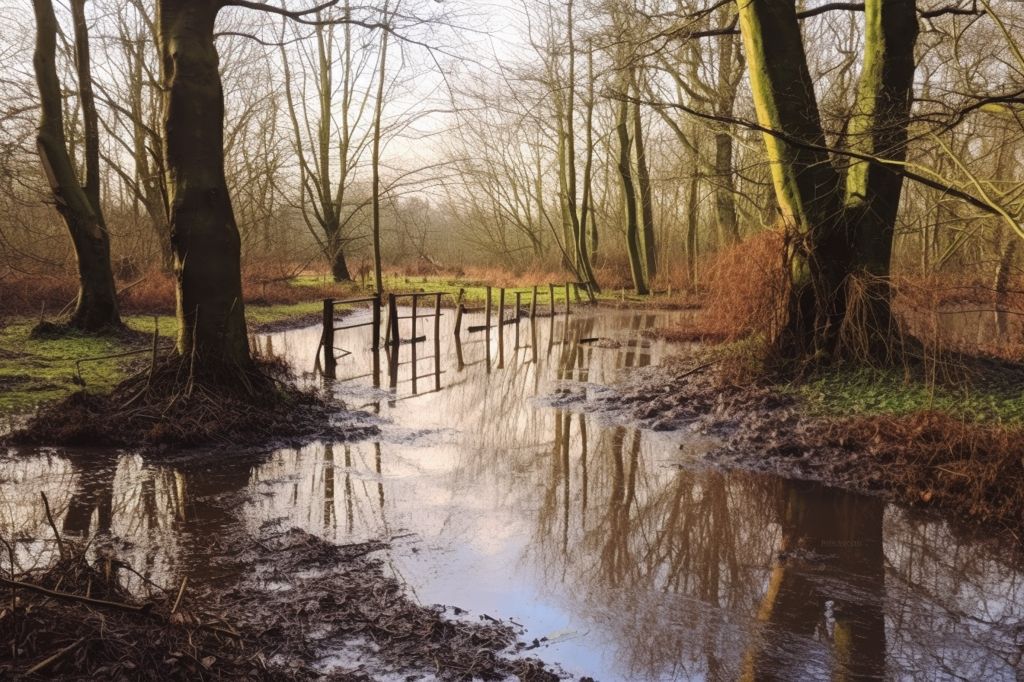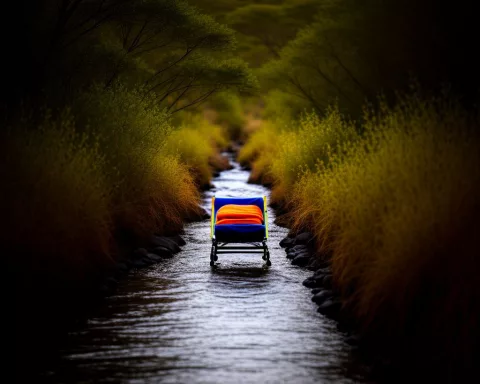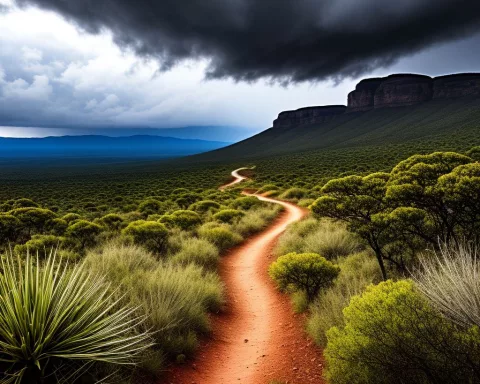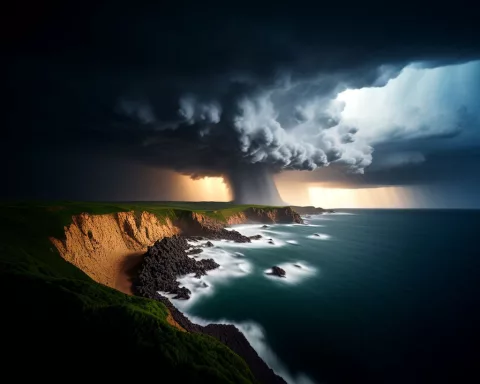The Western Cape region has recently experienced a significant amount of rainfall, leading to the temporary closure of several Cape Nature reserves. Jonkershoek, Hottentots Holland, Gamkaberg, Limietberg, and the Cederberg are among the affected reserves. The wind and rain have caused damage to certain areas, prompting authorities to prioritize the safety of staff, visitors, and local contractors.
Early Rainfall Patterns and Urban Development
The current rainfall patterns in the Western Cape resemble those of the 1990s, occurring earlier than usual. Dr. Kevin Winter, a senior lecturer in Environmental and Geographical Sciences at the University of Cape Town, attributes this deviation to the increase in urban development in some parts of the city since the 1990s. Urban development has contributed to a phenomenon known as “groundwater rising,” causing localized flooding after ten consecutive days of rainfall.
Precautionary Measures by Cape Nature
Cape Nature has released a statement emphasizing the importance of ensuring the safety of its staff and visitors. Local contractors have been evacuated, and staff members have been sent home where necessary. While acknowledging the inconvenience caused, Cape Nature has made it clear that the reserves will remain closed until further notice.
Verification of Open Reserves
Individuals planning to visit any of Cape Nature’s reserves should first contact their call center at 087 087 8250 to verify whether the intended destination is open. Additionally, individuals can stay updated on any announcements by following the organization’s social media platforms.
Responsibility and Adaptability during Unpredictable Weather Patterns
The early rainfall experienced in the Western Cape highlights the ever-changing nature of weather patterns and their potential impact on natural environments, such as the temporarily closed nature reserves. With urban development expanding, it is essential to be aware of how our actions can contribute to these changing patterns and take necessary precautions in response.
Cape Nature’s prioritization of safety and adaptability during these times sets an example for other organizations and individuals to follow. It is crucial to remain vigilant and stay updated on any developments, ensuring the wellbeing of both visitors and the affected regions. As we navigate these unpredictable weather patterns, it is essential to consider the implications for our natural environments and make responsible decisions accordingly.












